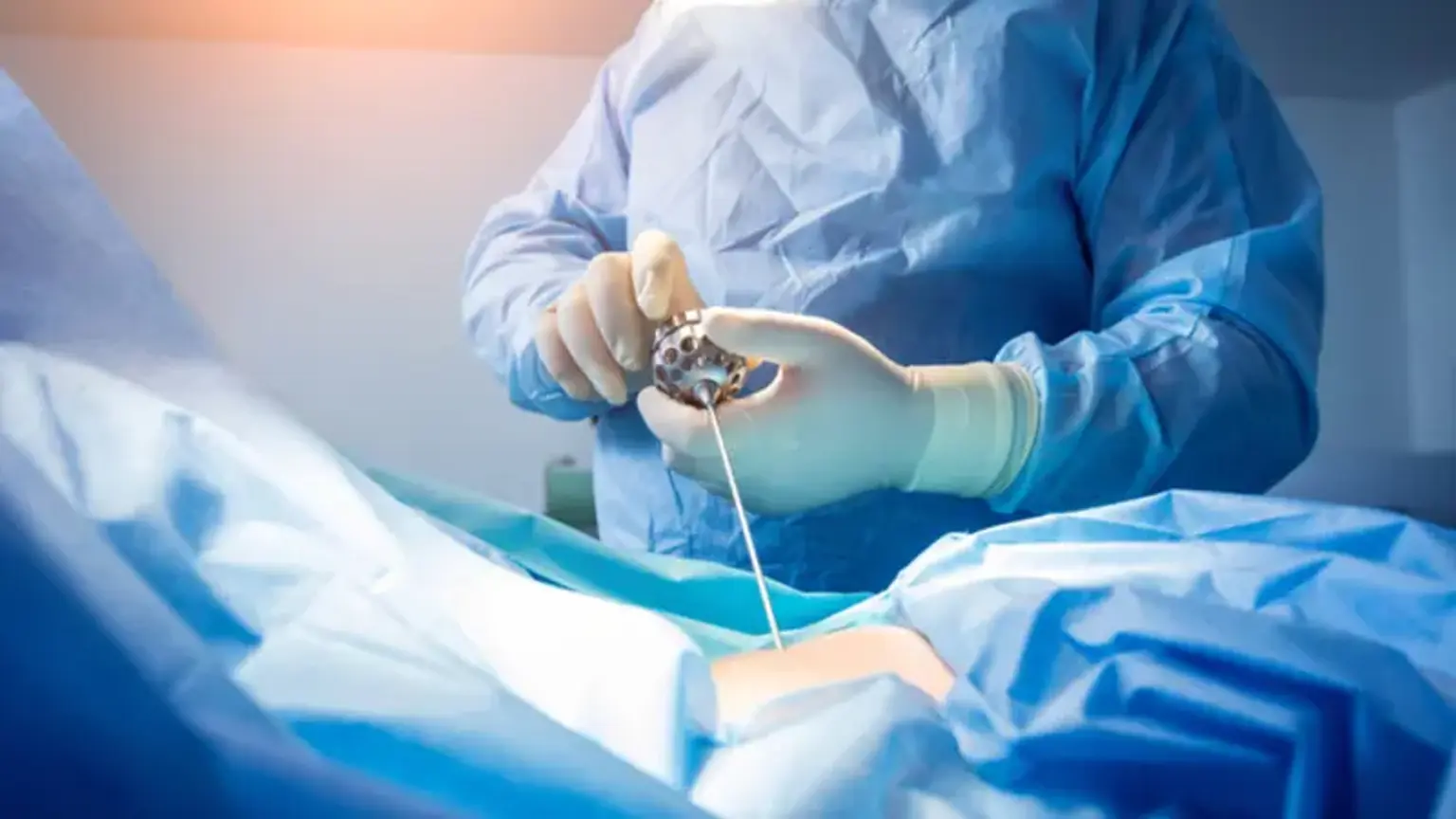Introduction
Endoscopic neck surgery refers to a minimally invasive technique used to treat various conditions of the neck. With the aid of small incisions and specialized tools, surgeons perform operations that once required larger, more invasive cuts. This approach, which uses a camera for better visualization, has revolutionized neck surgeries by offering quicker recovery, reduced pain, and smaller scars.
Unlike traditional open surgery, where larger incisions are made, endoscopic procedures utilize tiny cuts, minimizing trauma to surrounding tissues. This has led to its increasing adoption globally, as patients seek more efficient and aesthetically pleasing alternatives.
How Endoscopic Neck Surgery Works
Endoscopic neck surgery involves the use of specialized instruments that are inserted through small incisions in the skin. A tiny camera, known as an endoscope, allows the surgeon to see the internal structures of the neck with high precision. Here’s how the procedure typically unfolds:
Incision: The surgeon makes small incisions, usually around 1-2 cm in length.
Insertion of Instruments: A long, thin tube with a camera is inserted through one of the incisions to provide live video footage.
Procedure: The surgeon uses specialized tools inserted through the other incisions to perform the surgery, whether it’s removing thyroid tissue, lifting the neck, or excising a tumor.
Completion: After the procedure, the incisions are closed with stitches or adhesive strips.
This approach minimizes blood loss and reduces post-operative pain, making the recovery process much quicker than traditional surgery.
